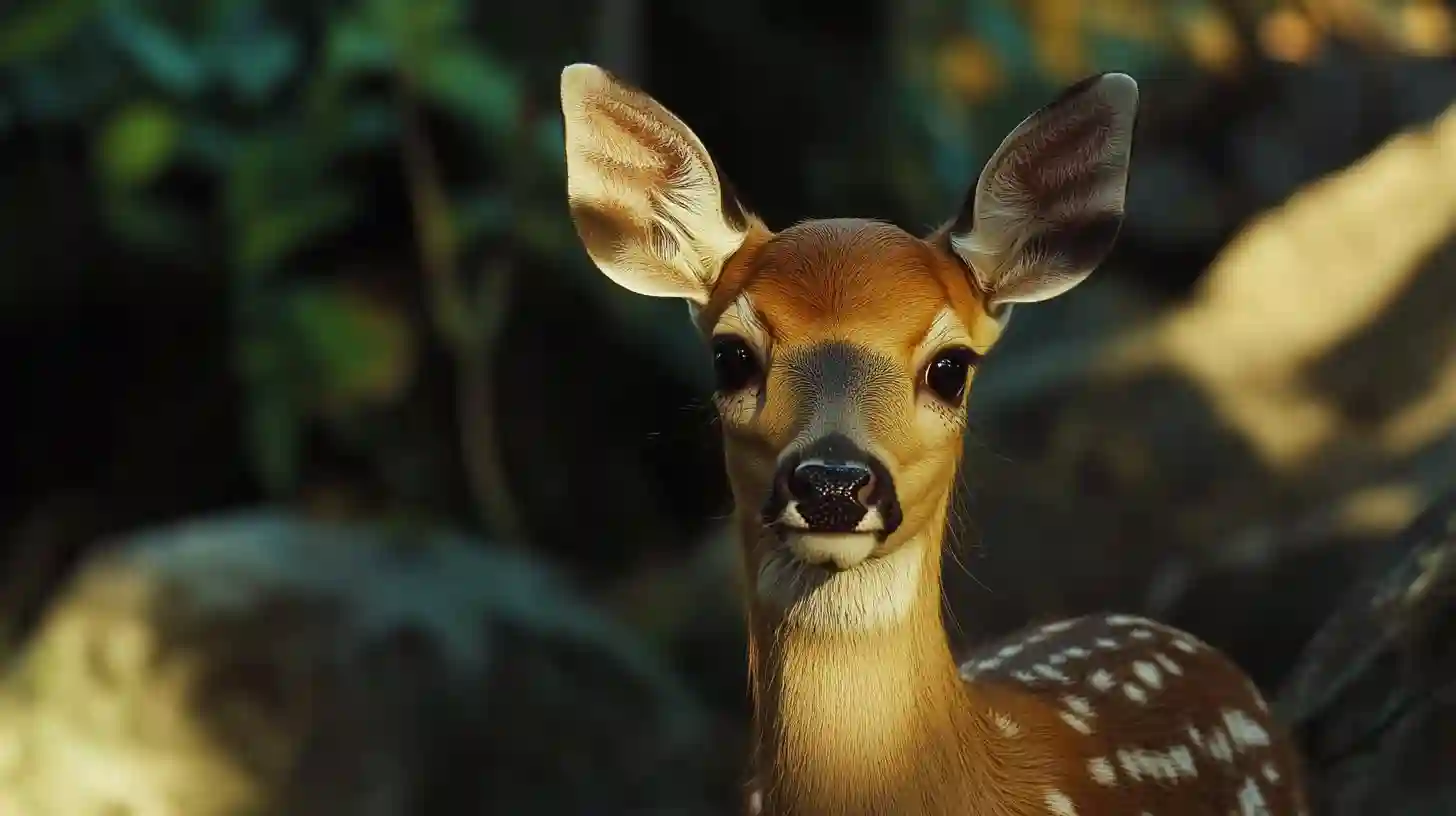
Deer are often romanticized in popular culture, recognized for their elegance and gentle demeanor. However, beyond their common portrayal, these fascinating creatures are rich with unique traits and behaviors that many people may not know. The diversity among deer species is truly remarkable, as they inhabit a variety of ecosystems across the globe, from dense forests to open grasslands and even mountainous regions. Each species has adapted to its environment in striking ways, showcasing the incredible resilience of nature.
Contrary to popular belief, deer do not all have the same dietary preferences. While many people envision these animals grazing on tender herbs and grasses, different species exhibit a range of foraging behaviors. Some are selective browsers, preferring leaves, twigs, and shrubs, while others may munch on soft plant material when available. What makes them particularly intriguing is their ability to adapt their diet based on seasonal changes and food availability, which can significantly influence their survival and reproductive success. A white-tailed deer, for instance, will diversify its diet in harsh winter months to include bark and evergreens, demonstrating a flexibility that is vital in the wild.
Another interesting aspect of deer is their communication methods. While they do not possess a complex vocal range akin to that of other mammals, deer are gifted communicators through body language and scent marking. They utilize a variety of postures and movements to convey signals to one another, such as tail movements indicating alertness to danger. In addition, they are known for their intricate use of scents produced by glands on their bodies, which can convey information about territory, reproductive status, and even individual identity. This olfactory communication plays a vital role in the social lives of deer, particularly during breeding season.
The behavior of deer during mating season is another captivating aspect of their lives. Male deer, or bucks, often engage in fierce competition for the attention of female deer, known as does. This rivalry can lead to a dramatic display known as sparring, where bucks engage in physical confrontations using their antlers. This contest is not simply about showcasing strength; it plays a crucial role in determining mating rights and establishing dominance within a population. Interestingly, the antlers themselves are an extraordinary feature. Composed of bone, they are shed annually and regrown, often larger and more robust than before. This process of regeneration is not only evidence of growth but also a signal of fitness for reproduction.
Deer are equally fascinating when it comes to their social structures. Many species exhibit varied social behaviors, from solitary living to forming large herds. The dynamics of these social structures can be influenced by factors such as habitat, food availability, and predation pressures. In some cases, female deer may form close-knit family groups that help protect against predators. In contrast, male deer may be more solitary outside of the breeding season, allowing them to wander vast territories in search of food and potential mates. Observing the interactions and hierarchies within these groups can provide insights into the social complexity of deer.
Migration is another less-discussed characteristic of certain deer species. Some populations undertake long migrations in response to seasonal changes in food and habitat. For example, the caribou, a species of deer native to the Arctic and subarctic regions, is known for its massive migrations that can span thousands of miles. These journeys are essential for their survival, as they seek out fertile grazing areas and evade harsh climatic conditions. The ability to undertake such migrations underscores the incredible adaptability of deer, showcasing their resilience and instinctual navigation skills.
In addition to their ecological importance, deer play significant roles in human culture and economies. They have been integral to various indigenous communities, symbolizing regeneration, fertility, and the interconnectedness of life. Furthermore, the management of deer populations is a key aspect of wildlife conservation and hunting regulations, reflecting the balance between ecological health and human activity. The relationship between deer and humans is multifaceted and continues to evolve, demonstrating the intricate ties we share with these remarkable mammals.
Each of these elements contributes to a broader understanding of deer as not just a common wildlife species, but as complex and adaptive animals that embody the intricacies of nature itself. The more one digs into the world of deer, the clearer it becomes that they are not just humble grazers, but dynamic beings with their own fascinating narratives and interactions within the ecosystem. Their graceful demeanor belies a wealth of engaging facts that enrich our appreciation of these beautiful creatures and encourage us to be more mindful of their existence and conservation in the wild.